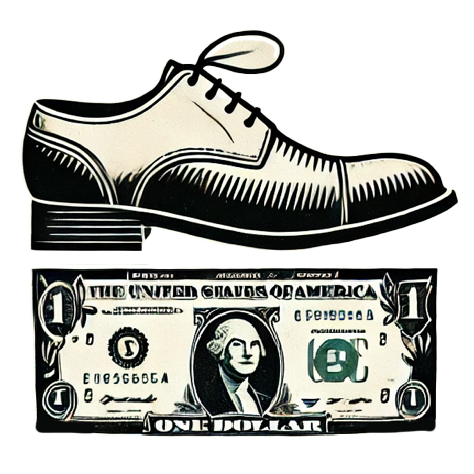In a clear response to President Donald Trump’s tariffs, French luxury brand Hermès has announced a significant price hike for its products in the U.S. market starting May 1. This strategic move isn’t just about increasing the dollar amount on tags; it’s an essential decision that underscores the complexities of doing business in an era of unpredictable tariffs and trade policies. Hermès, renowned for its iconic products like the Birkin and Kelly handbags, is among the few luxury brands with the fortitude to navigate these choppy waters. By implementing this price adjustment, the company aims to fully mitigate the impact of the universal 10% tariff that has recently been imposed.
Luxury Brands: Tariff Impact vs. Market Resilience
Hermès has taken a bold step, as its finance chief Eric du Halgouët pointed out during the recent earnings call. The hike for the U.S. will be specifically aimed at counteracting the tariffs that apply exclusively to American consumers, implying that other markets will remain unaffected. This reflects a critical point in the luxury industry: while most retailers scramble to adjust to rising costs and an impact on profit margins, luxury brands like Hermès have the unique advantage of a clientele that is less price-sensitive. Their consumers have the financial power to absorb higher prices, making it feasible for Hermès to pass on these costs without significantly affecting demand.
Performance amidst Challenges
While the first-quarter results disclosed an 11% sales growth in the Americas, Hermès still found itself slightly shy of market expectations. With more than 17% of its revenue from this region, one cannot ignore the pressure stemming from broader economic uncertainties. The luxury market appears robust at first glance, but whispers of slowing growth are increasingly evident. Deutsche Bank analysts reported a slowdown in overall revenue growth compared to a whopping 17.6% in the previous quarter—an indication that even the high-end market is not entirely immune to external economic currents.
The Competitive Landscape: LVMH and Beyond
Although Hermès currently boasts a market cap surpassing rival LVMH, the disparity in their annual revenues remains striking. Hermès produces about one-fifth of LVMH’s staggering revenue, shining a light on the sheer scale of the latter and its diversified operations, which span from fashion to spirits. LVMH’s recent unexpected decline in sales adds another layer of complexity, as analysts ponder the ramifications of tariffs and global economic slowdowns on luxury spending. The luxury sector’s resilience will be tested, yet analysts maintain that it’s better positioned than most retail sectors to withstand such headwinds.
Consumer Behavior and Economic Fears
As U.S. consumers brace for rising costs across various sectors—including electronics, cars, and clothing—the luxury space must also prepare for potentially changing buying behaviors. Luxury brands are in a delicate dance; they must maintain their exclusivity while simultaneously adapting to economic concerns that could lead to a shift in consumer sentiment towards more cautious spending habits. Should fears of a recession tighten household budgets, even the most affluent consumers might rethink their purchasing priorities.
A Tangible Shift in Strategy
In light of this economic unpredictability, it becomes increasingly critical for a luxury brand like Hermès to not only pass on costs but to communicate value in a compelling way. The essence of luxury isn’t just in the price; it’s in the narrative. As Hermès navigates this terrain, their brand message must evolve to reaffirm the allure that justifies the higher price tags—that timeless elegance and craftsmanship which set them apart from cheaper competitors.
The reality remains that the stakes are high. Luxury goods might still see demand, yet there’s a looming uncertainty that could reshape future purchasing behaviors. Whether Hermès’ strategy will be effective in maintaining its market position amid rising tariffs and economic concerns will soon unfold, but one thing is clear: the landscape of luxury is set for challenging times ahead.

